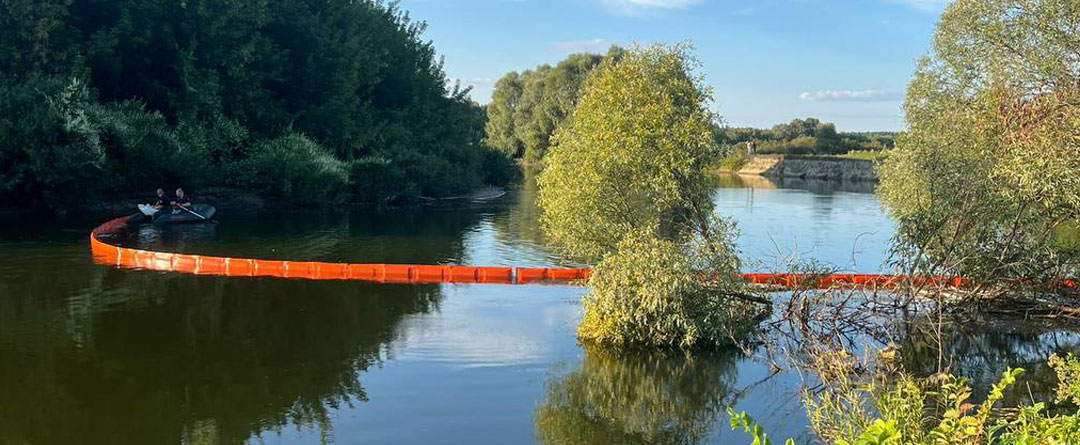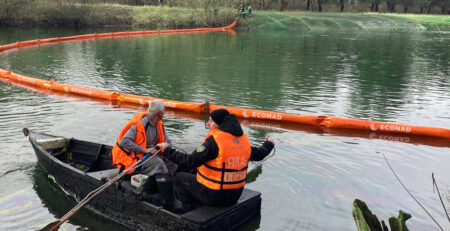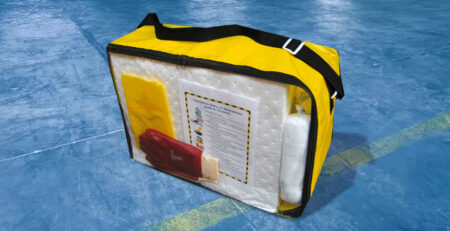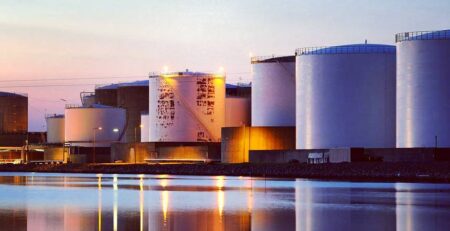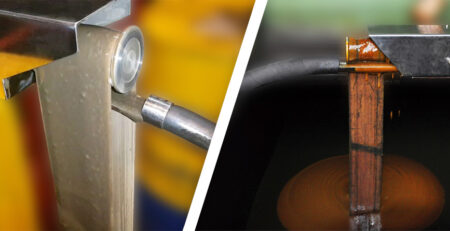Understanding the Critical Role of a Light Oil Spill Boom
Oil spills, regardless of their size, can unleash immediate and devastating consequences on delicate marine and freshwater ecosystems, impacting wildlife, shorelines, and local economies. This post delves into the crucial role of a light oil spill boom as an essential tool for effective and rapid containment in spill response scenarios. These specialized devices function as a lightweight oil containment boom, specifically engineered for quick deployment and efficient response in sensitive or calm water environments. We will explore what these booms are, their unique characteristics, ideal applications, key design features, and critical considerations for selecting the right one to ensure superior oil spill preparedness and response.
What is a Light Oil Spill Boom? Definition and Purpose
A light oil spill boom is a specialized, flexible barrier system designed to contain and control the spread of light oil films and minor spills on water surfaces. Its main purpose is to prevent the lateral movement of oil, confining it to a smaller, manageable area. This facilitates easier cleanup operations, significantly reducing the environmental impact and potential long-term damage caused by hydrocarbon spread. These booms are specifically characterized as a versatile lightweight oil containment boom, suitable for a range of water conditions from calm to moderately flowing, making them invaluable for various containment needs.
The Advantage of Being Lightweight and Portable
The ‘lightweight’ aspect is paramount for effective emergency response, as it directly impacts deployment speed and logistical efficiency. These booms are designed for simple and swift transportation, often by hand or small vessels, allowing access to remote or otherwise difficult-to-reach spill sites where heavier equipment would be impractical or impossible. Their inherent portability means they can be easily handled, installed, and retrieved by a minimal crew, reducing the need for extensive training or specialized heavy machinery. This streamlines operations and minimizes response time for a portable spill boom. The lightweight nature of these booms translates into lower transportation costs, simplified storage requirements, and reduced labor, making a lightweight oil containment boom a cost-effective and highly efficient solution for short-term spill containment.
Rapid Response: The Power of a Quick Deployment Boom
In any oil spill incident, time is of the essence. The faster a spill can be contained, the less opportunity the oil has to spread, minimizing environmental damage and simplifying cleanup efforts. A quick deployment boom is engineered precisely for this urgency. Its design allows responders to rapidly isolate a spill, preventing it from reaching sensitive areas such as shorelines, wildlife habitats, or water intakes. These booms often feature compact storage solutions, such as on reels or in bags, and modular sections with universal quick-connectors for easy assembly. Integrated buoyancy and ballast systems that do not require external inflation or weights also enable efficient installation, even by limited personnel.
Ideal Applications: Where These Booms Shine Brightest
Light oil spill booms excel in environments with calm or moderately flowing waters, which is a key aspect of their design and intended use. They are particularly effective as a harbor oil boom, ideally suited for use in harbors, marinas, ports, and alongside docks. Here, they can contain localized spills from small vessels, assist with routine vessel maintenance to prevent discharge, or isolate spills within congested marine areas. Their versatility extends to rivers, reservoirs, and various inland waterways, as well as providing crucial temporary protection near shorelines. These booms are essential for containing spills before they impact delicate coastal zones or freshwater resources.
Applications include rapid inshore spill response, providing temporary protection for sensitive water areas like oyster beds and recreational beaches, and immediate containment around small to medium-sized vessels following an incident. For a comprehensive boom suitability outline, consult technical guides detailing suitable environments for a lightweight oil containment boom.
Key Features and Design for Optimal Performance
Optimal performance of a lightweight oil containment boom relies on several key design elements:
- Integrated Foam Floats for Buoyancy: A crucial design element, these internal foam blocks provide reliable and consistent buoyancy. This ensures the boom remains upright and stable on the water surface, even in choppy conditions. Unlike air-filled booms, they don’t require inflation and maintain buoyancy if punctured.
- Ballast Chains for Stability and Seal: A continuous ballast chain integrated along the bottom edge of the boom ensures it hangs vertically in the water. This weight creates a stable draft and forms an effective seal against the water’s surface, preventing oil from escaping underneath the boom.
- Durable Materials for Longevity: Constructed from robust, high-resistance materials such as PVC or urethane-coated fabrics, these booms are engineered to withstand prolonged exposure to oil, various chemicals, UV radiation, and harsh marine conditions. This construction ensures long-term durability and reusability.
- Universal Connectors for Modularity: Most boom sections feature universal, robust connectors, often ASTM F962 compliant, that allow for quick and secure linking of multiple boom sections. This modularity enables responders to easily create custom lengths to suit the specific requirements of any spill site.
Choosing the Right Light Oil Spill Boom: What to Consider
Selecting the appropriate light oil spill boom requires careful consideration of several factors:
- Intended Use: Evaluate whether the boom is needed for proactive protection, such as during bunkering operations or pre-staging near sensitive areas, or for immediate emergency response to active spills. This will influence material durability and deployment speed requirements.
- Type of Oil/Chemical to be Contained: Different oil viscosities and chemical properties may necessitate booms made from specific materials or with particular skirt depths to ensure effective containment and chemical compatibility.
- Water Conditions: Assess typical water conditions at potential deployment sites, including current strength, wave action, and tidal variations. This impacts boom height, freeboard, and skirt depth requirements for optimal performance.
- Boom Length and Height Requirements: Determine the necessary boom length to fully encircle or deflect a spill, and the optimal freeboard (above water) and skirt depth (below water) to prevent oil from splashing over or escaping underneath the barrier.
- Ease of Storage and Maintenance: Consider the practical aspects of storage, including available space and environmental conditions, as well as the ease of cleaning, inspection, and routine maintenance to ensure the boom remains ready for deployment.
- Compliance with Regulations: Ensure the chosen boom meets local, national, and international environmental regulations and industry standards for oil spill response equipment.
Conclusion: Safeguarding Our Waters with Effective Containment
The light oil spill boom is of paramount importance for immediate and effective containment. Its versatility in harbors, rivers, and sensitive coastal areas, combined with its ease of transport and deployment, makes it an invaluable asset. This indispensable value of a lightweight oil containment boom lies in its ability to facilitate fast, efficient, and targeted spill response, thereby minimizing environmental damage and simplifying recovery efforts. Businesses and maritime operators must prioritize superior oil spill preparedness by investigating and equipping themselves with the right containment solutions to protect our valuable water environments from the threat of oil pollution.

